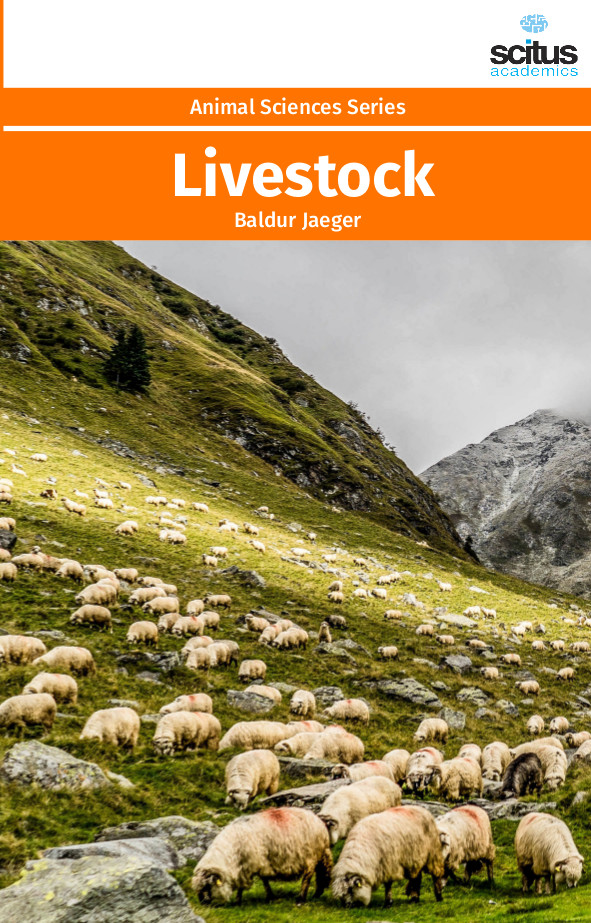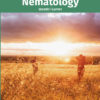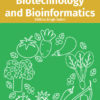Although food availability has augmented along with the rising human population over the last 30 years, there are still 800 million people suffering from malnutrition. This dilemma is not only the result of inadequate food production and scarce distribution, but also of the financial inability of the poor to purchase food of rational quality in adequate quantities to fulfill their needs. Livestock production comprises a very important component of the agricultural economy of developing countries, a contribution that goes beyond direct food production to include multipurpose uses, such as skins, fibre, fertilizer and fuel, as well as capital accumulation. Livestock are domesticated animals raised in an agricultural setting to produce commodities such as food, fiber, and labor. The livestock sector globally is highly dynamic in response to rapidly increasing demand for livestock products. In developed countries, demand for livestock products is stagnating, while many production systems are increasing their efficiency and environmental sustainability. Livestock systems have both positive and negative effects on the natural resource base, public health, social equity and economic growth. Currently, livestock is one of the fastest growing agricultural subsectors in developing countries. Its share of agricultural GDP is already 33 per cent and is quickly increasing. This growth is motivated by the swiftly growing demand for livestock products, this demand being driven by population growth, urbanization and rising incomes and the production response in different livestock systems has been associated with science and technology as well as increases in animal numbers.
This volume ‘Livestock’ presents selected topics in livestock science contributed by well-known experts in their respective areas. It consisting of topics in food-animal production systems, management of several animal products, health related issues in animals, and contaminants that may be found in animal foods. It presents the state of livestock production systems and the status of both intensive and extensive production systems globally in relation to recent trends, coupled with a brief assessment of whether these trends are likely to continue into the future. This book has been designed to meet the requirements of students, researchers who are working in different parts of the world in different environments.













